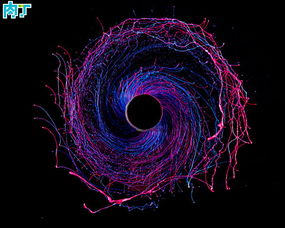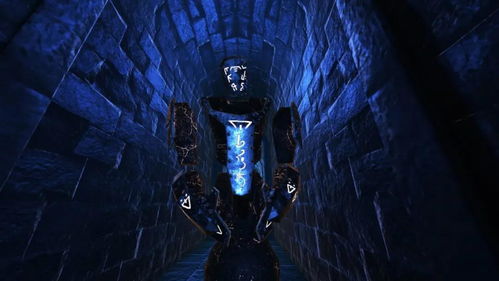
Content:
Introduction: Black hole fishing, also known as black pit fishing, has gained immense popularity among anglers for its thrilling experience and the potential for catching big catches. However, to excel in this fishing technique, it is crucial to master the art of baiting. In this article, we will delve into the essential techniques for successful baiting in black hole fishing, ensuring that you can maximize your chances of landing those prized catches.
Understanding Black Hole Fishing: Before we dive into the baiting techniques, it is important to have a clear understanding of black hole fishing. Black hole fishing is typically conducted in a designated area, often a pit or a hole in a lake or river, where fish are known to congregate. These areas are often characterized by deep water, strong currents, and abundant food sources, making them ideal spots for catching large fish.
Choosing the Right Bait: The first step in successful baiting for black hole fishing is selecting the right bait. The type of bait you choose depends on the species of fish you are targeting and the specific conditions of the black hole. Here are some popular bait options:
a. Live Bait: Live bait, such as worms, minnows, or crayfish, is highly effective in attracting fish. Live bait is preferred for its natural movement and scent, which can trigger the fish's feeding instincts.
b. Artificial Lures: Artificial lures, such as spinnerbaits, crankbaits, or jigs, can be effective in black hole fishing, especially when the fish are less active or when you want to cover more water. Choose lures that mimic the natural prey of the fish you are targeting.
c. Soft Plastics: Soft plastics, such as worms, grubs, or swimbaits, are versatile and can be used in various fishing techniques. They are particularly effective in black hole fishing when presented in a slow and deliberate manner.
Preparing the Bait: Once you have chosen the right bait, it is essential to prepare it properly. Here are some tips for preparing your bait:
a. Live Bait: Ensure that your live bait is fresh and lively. If you are using worms, keep them moist and wriggle them to make them more appealing to the fish.
b. Artificial Lures: Inspect your artificial lures for any damage or wear and tear. Replace worn-out hooks or lures to ensure a successful catch.
c. Soft Plastics: Soft plastics can be manipulated to create different actions and presentations. Practice different techniques, such as wiggling, twitching, or swimming, to see which action attracts the fish.
Locating the Black Hole: To increase your chances of success, it is crucial to locate the black hole accurately. Here are some tips for finding the perfect spot:
a. Research: Study the lake or river map to identify potential black holes. Look for areas with deep water, strong currents, or structures that can attract fish.
b. Observation: Pay attention to the water's surface and the behavior of the fish. Look for signs of fish activity, such as splashes or boils, which indicate the presence of fish.
c. Trial and Error: If you are new to black hole fishing, start by casting in different areas and observing the fish's response. Adjust your approach based on the fish's reaction.
Baiting Techniques: Once you have located the black hole, it is time to apply the baiting techniques. Here are some effective methods:
a. Bottom Baiting: Drop your bait to the bottom of the black hole and allow it to settle. This technique is ideal for targeting bottom-dwelling fish, such as catfish or carp.
b. Floating Baiting: Attach your bait to a float or a bobber and let it float near the surface. This technique is effective for attracting fish that feed near the surface, such as sunfish or bass.
c. Carolina Rig: The Carolina rig is a versatile technique that allows you to fish both the surface and the bottom. Attach your bait to a leader and a sliding weight, and let it sink to the desired depth.
Patience and Persistence: Lastly, remember that black hole fishing requires patience and persistence. Fish may not bite immediately, so it is important to stay focused and keep experimenting with different techniques. Stay positive, and eventually, the fish will come to your bait.
Conclusion: Black hole fishing can be an exhilarating and rewarding experience, but it requires skill and knowledge in baiting techniques. By understanding the fish's behavior, choosing the right bait, and applying effective baiting methods, you can increase your chances of landing those prized catches. Remember to practice patience and persistence, and you will soon become a master of black hole fishing. Happy fishing!












